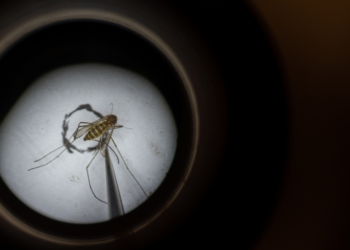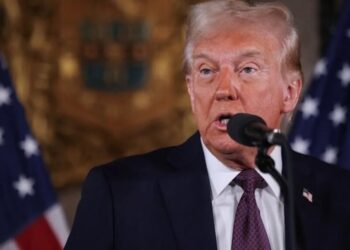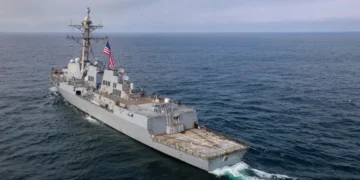Conservative former judge admits ICE agent ‘should be’ charged with the killing of woman
Conservative former Judge Andrew Napolitano argued that an Immigration and Customs Enforcement (ICE) agent should be charged after shooting Renee...
Productivity accelerates to the fastest pace in two years
Labor productivity accelerated in the third quarter to the strongest pace in two years, adding to evidence that efficiency gains...
Megyn Kelly Mocks MAGA-Coded CBS Anchor Over ‘Sobbing’ Segment
Conservative podcaster Megyn Kelly has blasted new CBS Evening News anchor Tony Dokoupil over an embarrassing segment in which he...
MAGA’s Favorite ‘Journalist’ Mocked for His Bonkers Sob Story
YouTuber Nick Shirley says he’s been unfairly persecuted for his Trump-friendly work as an “independent journalist” because people “came after”...
Mosquitoes Really Do Archive Animal DNA, Just Like in ‘Jurassic Park’
I grew up loving Jurassic Park, knowing it was pure fantasy. Fun fantasy, sure, but still nonsense. Amber-trapped mosquitoes reviving...
Nail artists share 7 trends that are in for 2026 and 3 that are out
Nail experts shared which trends will be in and out in 2026. Bits And Pieces Of Life/ShutterstockBusiness Insider spoke to...
Rose McGowan claims ‘Charmed’ execs checked her weight each season: ‘They would circle around me’
Rose McGowan’s weight was repeatedly checked by “Charmed” executives, the actress claimed in a new podcast interview. The 52-year-old, who...
Alamo Drafthouse Audience Poll Names ‘Sinners’ the Best Film of 2025 | Exclusive
Patrons of the Alamo Drafthouse theater chain named “Sinners” the best film of the year, with Ryan Coogler’s vampire drama...
Trump stumbles over his words when cornered by reporters on false ICE shooting claims
An evasive Trump told reporters on Thursday that the American citizen shot and killed by ICE “behaved horribly,” but stumbled...
Bondi Beach victim outraged after her name was changed by hospital during treatment: ‘Ripped of my identity’
A Bondi Beach shooting victim has claimed she felt “stripped of her identity” after hospital staff changed her name while...














